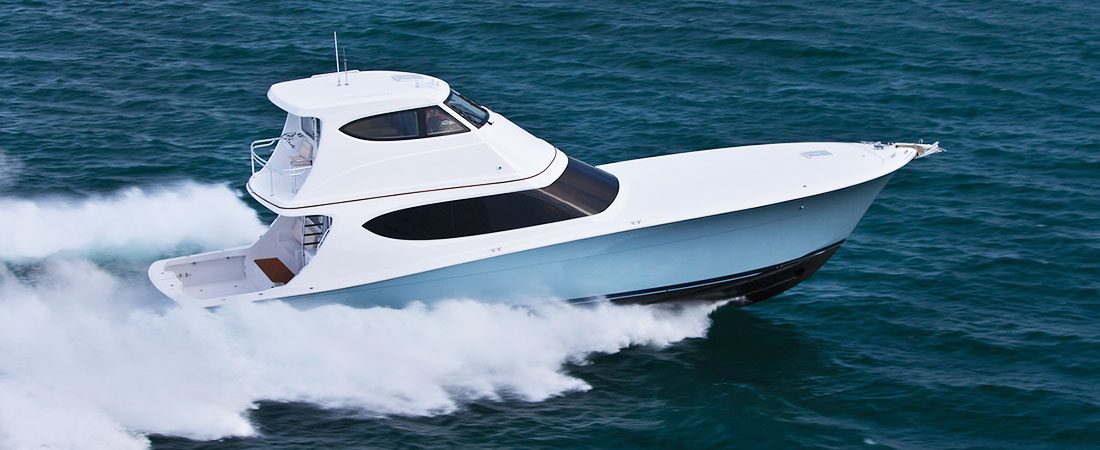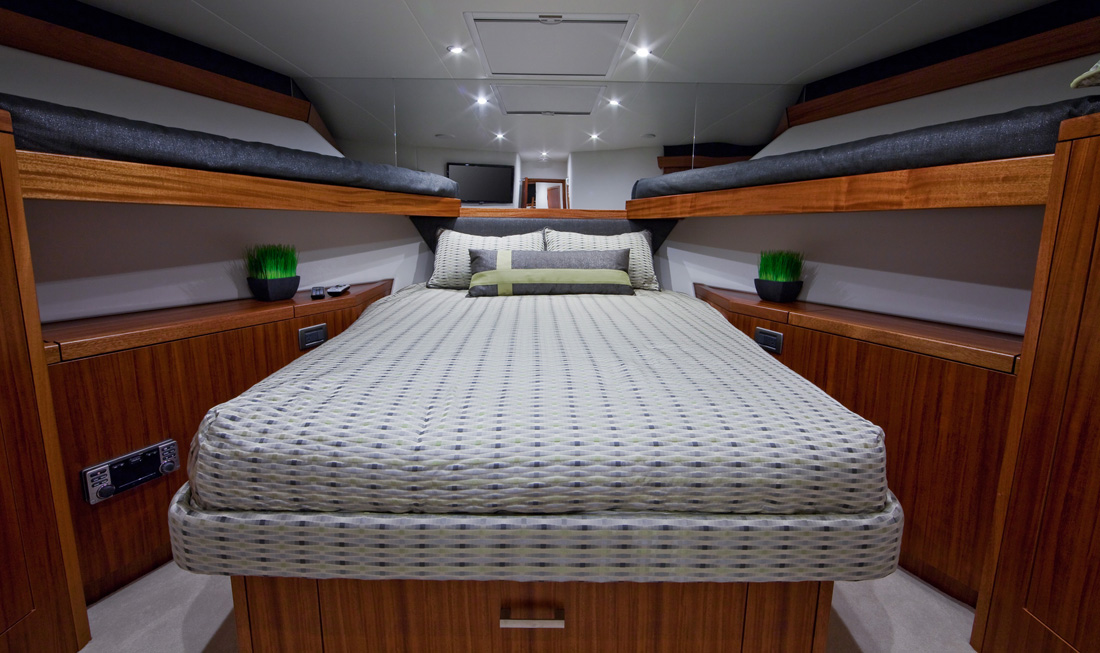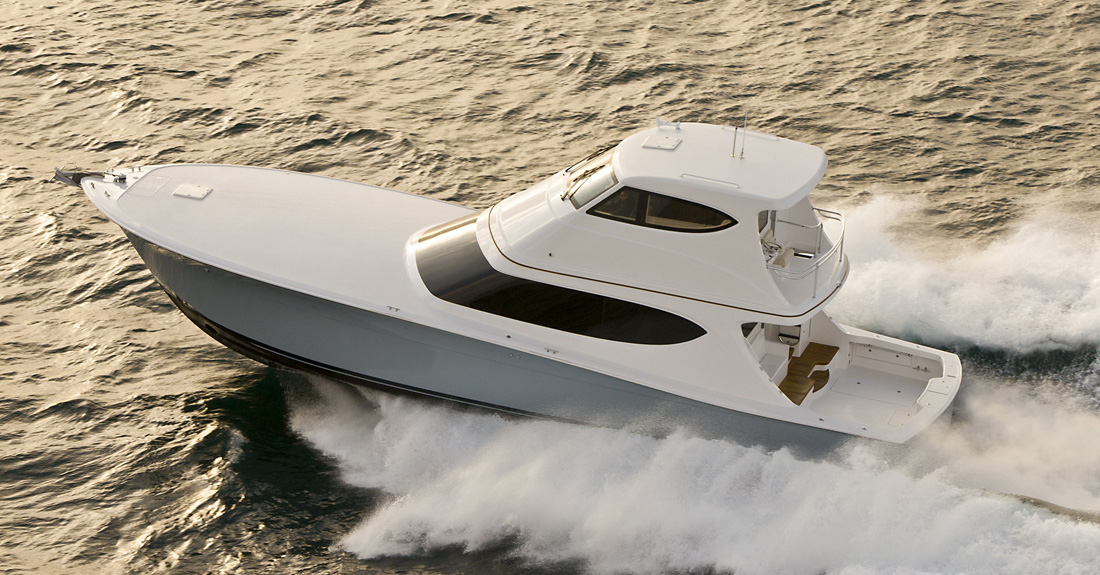- Alaskan Yachts
- Azimut Yachts
- Back Cove Yachts
- Beneteau Yachts
- Benetti Superyachts
- Bertram Yachts
- Boston Whaler
- Broward Yachts
- Buddy Davis Sportfish
- Burger Yachts
- Cabo Yachts
- Catamarans
- Carver Motoryachts
- Center Console
- Chris-Craft Yachts
- Cruisers Yachts
- DeFever Trawlers
- Dufour Sailboats
- Fairline Yachts
- Feadship Yachts
- Ferretti Yachts
- Formula Yachts
- Fountaine Pajot Cats
- Grady-White
- Grand Banks Trawlers
- Hargrave Yachts
- Hatteras Yachts
- Hinckley Picnic Boats
- Horizon Yachts
- Hydra-Sports
- Intrepid Boats
- Jarrett Bay Sportfish
- Jeanneau Yachts
- Kadey-Krogen Trawlers
- Lazzara Yachts
- Luhrs Sportfish
- Marlow Yachts
- Maritimo Yachts
- Marquis Yachts
- McKinna Motoryachts
- Meridian Yachts
- Midnight Express
- MJM Yachts
- Mochi Craft
- Neptunus Motoryachts
- Nordhavn Trawlers
- Nordic Tugs
- Ocean Alexander Yachts
- Offshore Yachts
- Outer Reef
- Oyster Sailing Yachts
- Pacific Mariner Yachts
- Palmer Johnson Yachts
- Pershing Yachts
Hatteras GT63 Test By BoatTest.com Walkthrough Video
April 25, 2017 2:31 pm
The Hatteras GT63 outshines all other boats in its class by combining classic Carolina styling, 40+ knot speed, phenomenal seakeeping qualities and legendary Hatteras craftsmanship. An aggressive bow flare, sleek deckhouse and long, low foredeck borrow cues from 55+ years of Hatteras Convertible design, reimagined in a bold and innovative concept.
Through a variety of conditions, the optional twin Caterpillar C-32As, combined with legendary Hatteras propulsion design, leave the GT63’s competition in its wake. Join us as Boattest.com test this impressive sportfishing yacht.
The following opinions are solely those of BoatTest.com and its test captain.
Hi, Capt. Steve for BoatTest.com, and today I’m on the Hatteras GT63 enclosed flybridge. Now the team at Hatteras told me that they made this boat for the customer looking to get custom boat performance while still maintaining the integrity and backing of a production boat company. Let’s see how they’ve done as I take it on a full test and performance review.
Our sea trial performed a number of details about the GT63 which I think are noteworthy. But there are many other important aspects of the boat which are not so obvious. We’re going to look at a few of those but first, let’s answer the question everyone asks, how fast does she go?
Our test boat was powered by twin 1900 horsepower CAT C32 Acert diesels, and with three-quarters fuel and 5 people on board, we reached the top speed at 2310 RPM, of 40.2 knots on our speed runs; thus breaking the 40 knot barrier which is the holy grail of speed for boats in this class. At that speed, I measured a fuel burn of 200 gallons per hour, which translates into a range of 344 nautical miles.

Best cruise was found to be at 1500 RPM, where the GT63 goes 22.6 knots with an 88 gallon per hour fuel burn, giving her a range of 439 nautical miles with a 10% reserve. More often than not however, many owners of yachts such as this one likes to run at around 85% on wide-open throttle.
And in the case of our Hatteras GT63, that would be at about 2,000 RPM, where we recorded 34.8 knots and a 152 gallon per hour fuel burn, giving her range of 391 nautical miles. Not much of a penalty for the extra 12 knots over best cruise.
Given the fact that this Hatteras weighs 102,000 lbs. and has an enclosed flying bridge, which presents added windage, these are excellent speeds. Even more impressive is the fact that she has a 20-foot beam, the widest in class by nearly a foot.
That translates to plenty of room below for 4 staterooms and 3 heads and more stability when running or at anchor. With a draft of 5 feet, she drives the least water in class.

Going forward is one thing, but how does the GT63 handle when backing down? Well, I got my first inkling of this when we were leaving the marina and I had to back out of a long narrow channel. Backing out was a piece of cake with a fly-by-wire Palm Beach controls. Just a little nudge, port or starboard, kept her on the straight and true.
Offshore after our speed runs were done, I once again got out on the aft deck and backed down on mock fish on. I tried hard to put water over the transom going nearly 10 knots reverse but to no avail. She handles easily and turns surprisingly fast.
Test day was relatively flat off of Miami, but we did find a few waves to plow through, and just as I thought, the flare of the Hatteras 63’s Caroline bow shed water well off to the sides and as the spray was kept fairly low, the bow was kept nice and dry.

Another aspect of the GT63 that I like is the fact that she does not have her engine room air intakes on the hull sides like most yachts in class. By taking air in through the cockpit under the gunnels through protected ports, Hatteras doesn’t have to worry about sloppy seas sloshing in or saltwater mist contaminating the engine room.
Not having to deal with the air box is also opens up more space in the engine room. Overall, I would say the performance and handling of the Hatteras GT63 is superb, and given the fact that the hull was tank tested at the Stevens Institute of Technology and Donald L. Blount & Associates were involved with designing the bottom shape, I would expect nothing less.
So that’s our full test and performance review of the Hatteras GT63 enclosed flybridge. For BoatTest.com, I’m Captain Steve. We’ll see you on the water.






